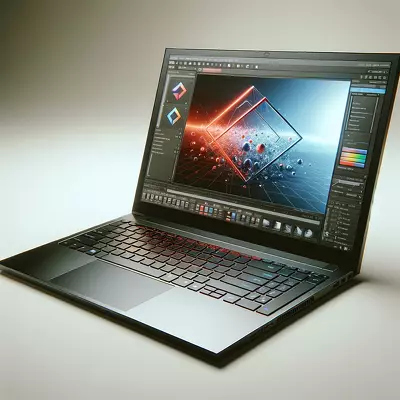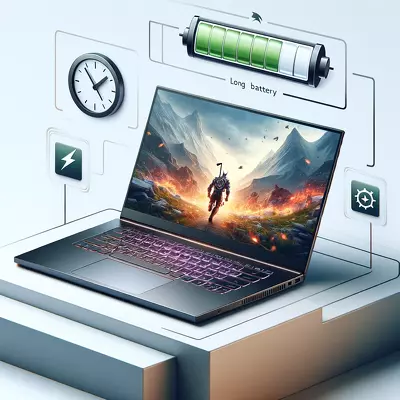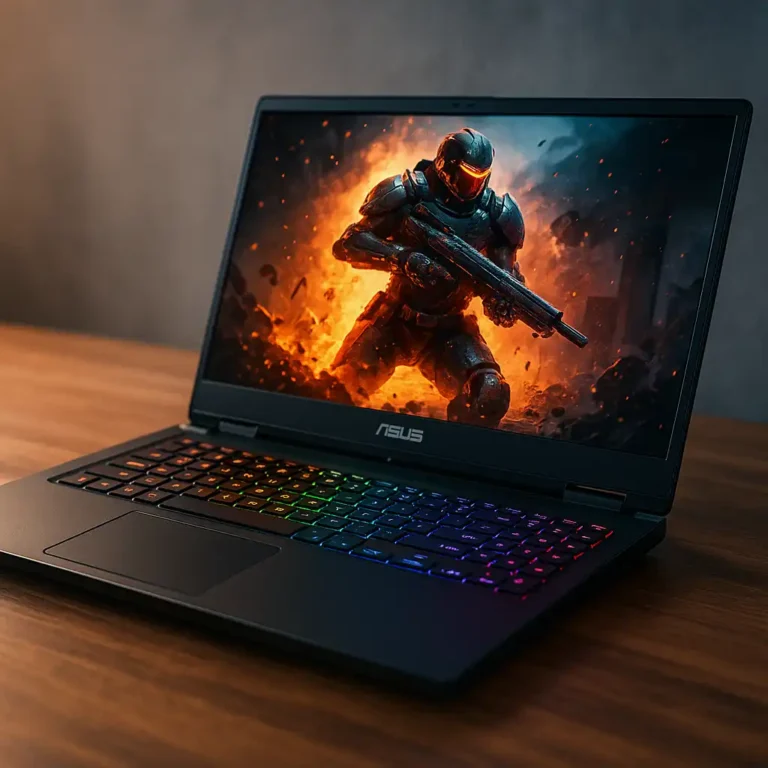Best Gaming Laptop for 3D Rendering: Power and Performance for Creators
When it comes to 3D rendering, performance is everything. Whether you’re designing intricate models, animating detailed environments, or rendering visual effects, a powerful laptop can drastically improve your workflow. The ideal gaming laptop for 3D rendering should combine high-end graphics, powerful processors, and ample RAM to ensure smooth performance. Below are three exceptional gaming laptops designed to handle demanding 3D rendering tasks.
Razer Blade 15 Advanced Gaming Laptop Review
The Razer Blade 15 Advanced Gaming Laptop is a powerful and sleek choice for gamers and 3D rendering professionals. Equipped with an Intel Core i7-10875H 8-core processor, it handles complex modeling tasks and large data sets with ease.
Its NVIDIA GeForce RTX 2070 Super Max-Q graphics card delivers exceptional GPU performance, crucial for rendering detailed 3D textures and animations. Paired with a 15.6” FHD 300Hz display, this laptop offers fluid visuals and accurate color representation.
With 16GB RAM and a 512GB SSD, the Razer Blade 15 ensures fast performance and sufficient storage for your creative projects. The sleek CNC aluminum build adds durability while the Chroma RGB lighting offers a personalized touch.
Key Features
- Intel Core i7-10875H 8-core processor for powerful multitasking
- NVIDIA GeForce RTX 2070 Super Max-Q for top-tier GPU performance
- 15.6” FHD 300Hz display for smooth and responsive visuals
- 16GB RAM for efficient multitasking
- 512GB SSD for fast storage and data access
Alienware Area 51M Gaming Laptop Review
For creators who need serious power, the Alienware Area 51M is a standout choice. With an Intel Core i7-10700K processor and NVIDIA GeForce RTX 2070 Super 8GB GDDR6, this laptop is built to handle intensive 3D rendering software like Blender, Autodesk Maya, or Cinema 4D.
The 17.3″ FHD display with a 300Hz refresh rate ensures sharp visuals and smooth rendering previews. Its 16GB RAM and 1TB SSD provide ample memory and storage for large design files and complex projects.
The Lunar Light design gives this laptop a futuristic look, while its advanced cooling system keeps performance stable under heavy workloads.
Key Features
- Intel Core i7-10700K processor for high-performance computing
- NVIDIA GeForce RTX 2070 Super with 8GB GDDR6 for powerful graphics rendering
- 17.3” 300Hz display for precise color accuracy and smooth visuals
- 16GB RAM for seamless multitasking
- 1TB SSD for expansive storage space
ASUS ROG Zephyrus G16 Gaming Laptop Review
The ASUS ROG Zephyrus G16 combines power, speed, and versatility, making it ideal for 3D rendering professionals. Equipped with a 13th Gen Intel Core i7-13620H and an NVIDIA GeForce RTX 4070, this laptop excels at handling demanding software like Blender, 3ds Max, and Unreal Engine.
Its 16″ FHD 165Hz display delivers sharp visuals and accurate colors, perfect for reviewing intricate 3D models. With 48GB RAM and a 2TB PCIe SSD, the Zephyrus G16 offers ample memory and storage for large 3D files and complex rendering projects.
The MUX Switch feature enhances gaming and rendering performance by bypassing the integrated GPU for direct communication with the dedicated GPU.
Key Features
- 13th Gen Intel Core i7-13620H processor for fast performance
- NVIDIA GeForce RTX 4070 for high-end 3D rendering
- 16” FHD 165Hz display for precise visuals
- 48GB RAM for maximum multitasking power
- 2TB PCIe SSD for extensive file storage
Which Gaming Laptop is Best for 3D Rendering?
Choosing the best gaming laptop for 3D rendering depends on your workload. The Razer Blade 15 Advanced is ideal for users seeking a balance between portability and power. For professionals who need extreme performance, the Alienware Area 51M stands out with its powerful processor and expansive storage. Meanwhile, the ASUS ROG Zephyrus G16 offers impressive RAM capacity and cutting-edge features, making it perfect for handling large rendering projects.
With any of these powerful machines, you’ll have the performance required to render complex designs, animations, and visual effects efficiently.







